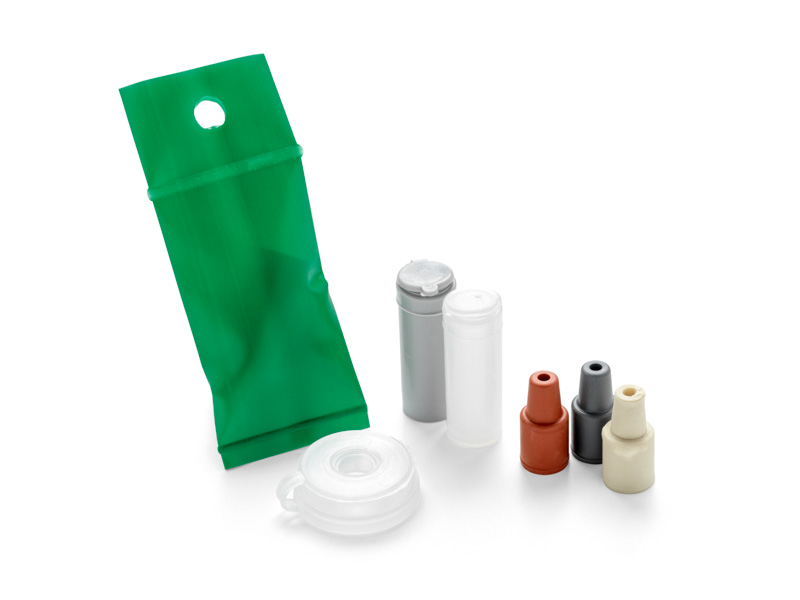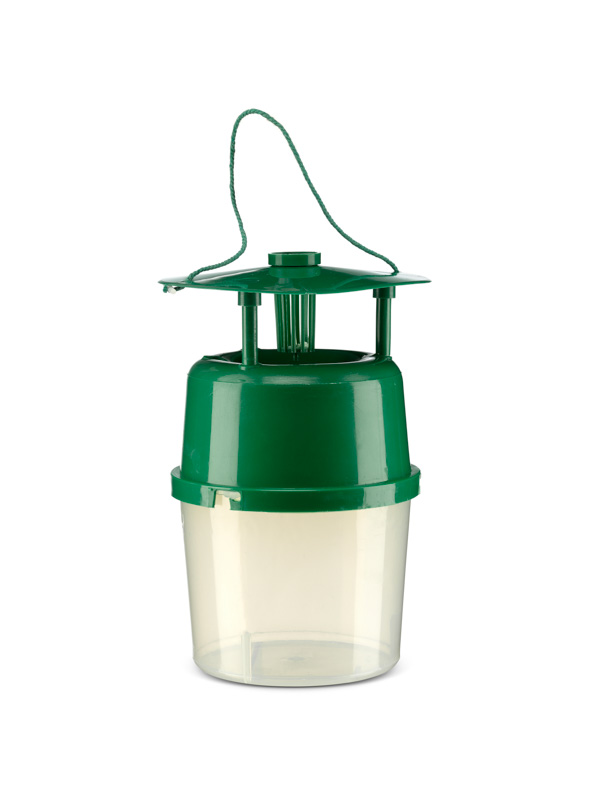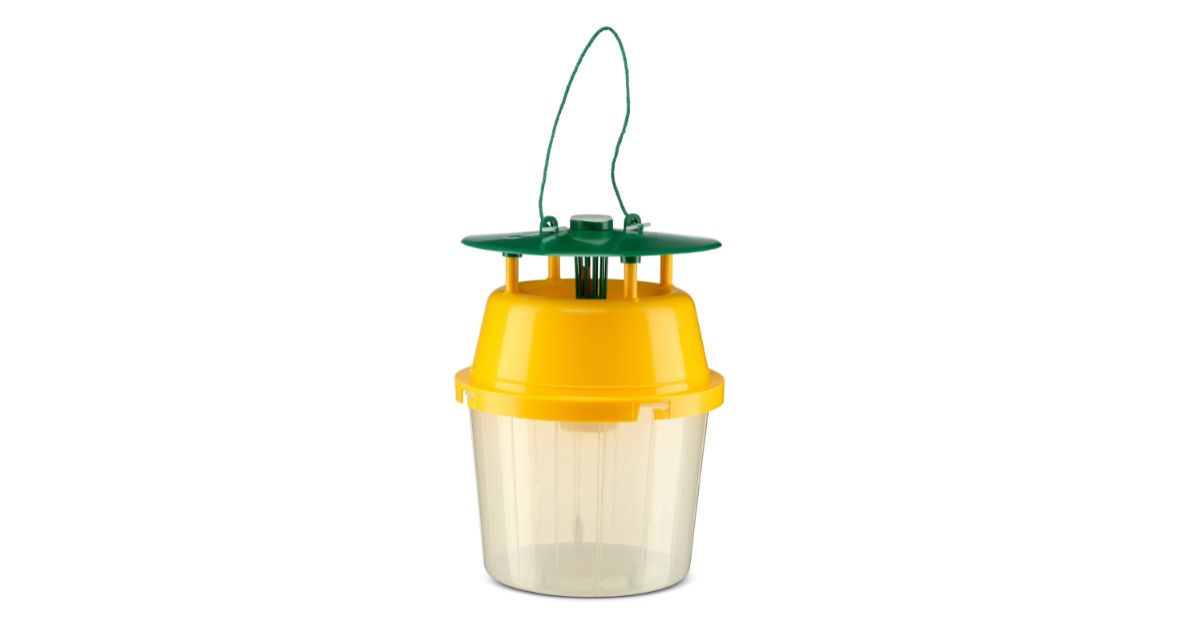
Biology
Nature of Damage
Monitoring
Application Guidelines
Lures
Lures can be changed every 4-6 weeks to get the most accurate results.
Lures Handling
Pheromone lures are a very sensitive tool. They can be affected by exposure to elevated heat and direct sunshine. Direct touching by hand may cause cross contamination leading to mixed catches in the trap. Some contaminants such as Nicotine May have repellent effect reducing trap catch.
Lure Storage
Store in a cool dry place. Shelf life can vary from 3-36 months depending on the storage temperature. See Technical Data Sheet for further details.
Trap Selection
The Deltra trap is the most sensitive trap to use for monitoring this insect. However, Moth catcher may be used in dusty conditions or in high moth population density.
Trap Density
Do not re-use the trap to monitor different insects as this may lead to mixed catches. One trap for every two hectares of large scale fields of homogenous lands.
Two traps per hectare (2trap/ha) for small holdings and in field of uneven topography.
Trap Position
Place traps near the highest point of the plant using supporting posts approximately 1 meter high, or higher if the crop is higher.
Data and Interpretation
Collect data weekly from the start of the flight of the over wintering generation. During the height of the population more frequent reading may be needed. Decisions on pesticide application should not be taken solely on the trap catch data. Climatic and biological considerations should be taken in account.





